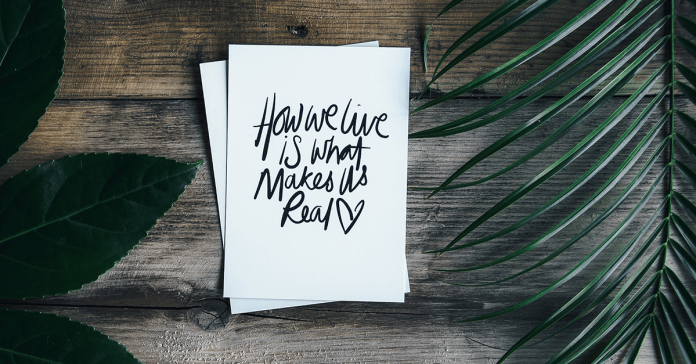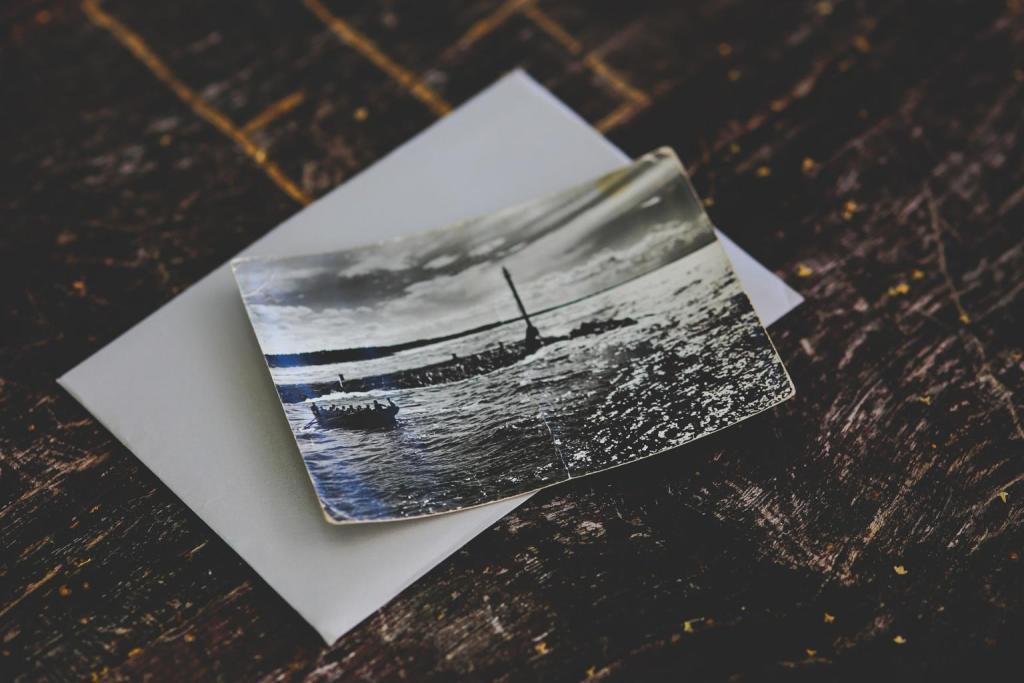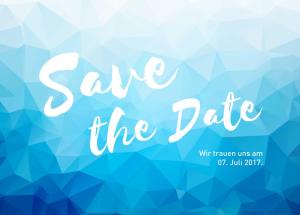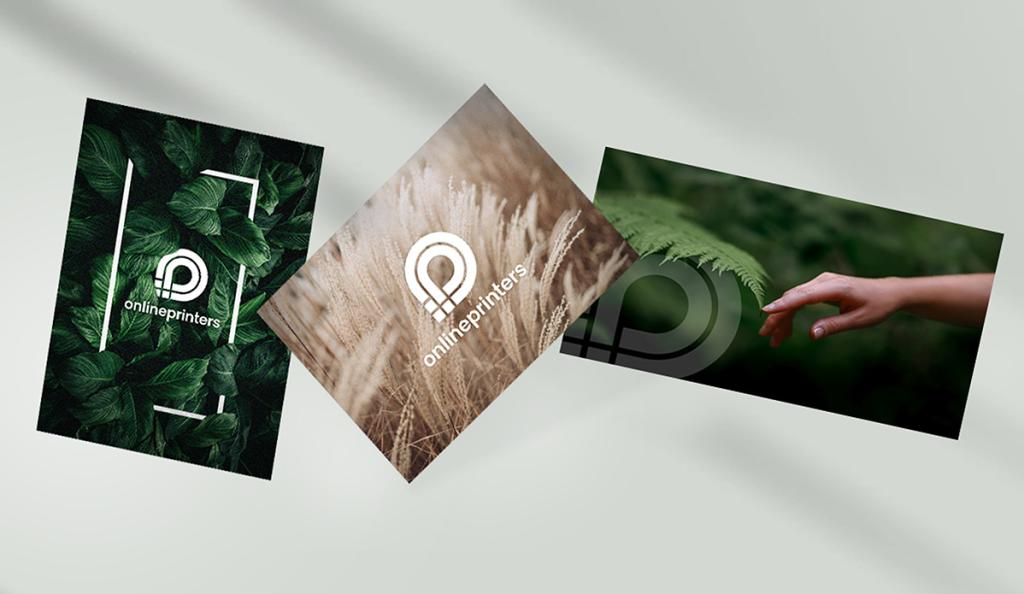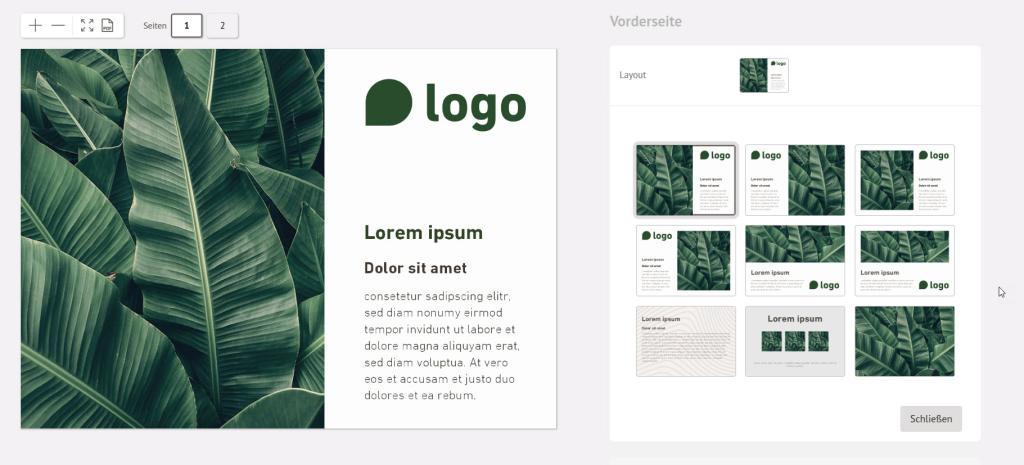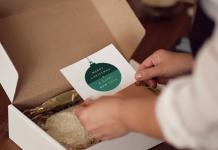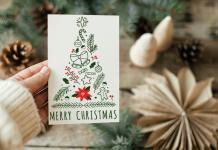Holiday greetings from the family, funny sayings from the bookstore or the latest postal attention from your favourite shop: postcards are a true all-round talent and equally interesting for private and business purposes. We show you why the cards are still trendy.
We encounter the postcard in a wide variety of shapes and colours. Whether classic in DIN A6 or DIN long, with travel motifs or unusual illustrations and sayings. The cards are as diverse as their routes to us and the people from whom we receive the messages. Reason enough to take a closer look at the 150-year history of postcards. In doing so, we take an allegorical look into private letterboxes, but also at the possible uses of postcards in marketing.
Table of contents
The history of postcards
As early as 1777, according to Worldpostcarddyay.com, an engraver in Paris is said to have offered greeting cards to be sent by post. Apparently, however, the time was not yet ripe for this. Those who could have afforded the cards were bothered by the lack of envelopes. The servants would have been able to read the texts before the actual addressee.
Premiere in Austria
The first postcard with a shape similar to today’s was sent by the public postal service in Austria on 1 October 1869 (source: Fortunapost.com). The card had the address on one side and a message on the other, but no picture. It was called a “correspondence card” at the time.
International mailing
At first, the cards could only be sent within one’s own country. Bilateral agreements also made it possible to exchange cards with individual other countries. With the founding of the General Postal Union (later the Universal Postal Union) in 1874, a standard postage rate was set and it became easier to send cards abroad. From then on, postcards found their way all over Europe.
First with pictures
In Germany, the Post Office relinquished its printing monopoly in 1872. Private companies were therefore allowed to produce postcards. This was the first time that picture motifs appeared on the front of cards. Since efficient chromolithography became popular, many postcards were printed in Germany – often with the addition “Gruss aus” (greetings from).
Incidentally, one of the most popular motifs in the late 19th century was the Eiffel Tower. For its premiere at the 1889 World’s Fair in Paris, the engraver Charles Libonis designed postcards with pictures of the monument. Visitors could send the cards directly from the Eiffel Tower.
New shape
For more than 30 years, the front of the postcard was for the actual text and the back was exclusively for the address. So if there was a picture motif on the front, the writers had to place their texts around it.
It was not until the beginning of the 20th century that the card got its present arrangement: text and address next to each other on the back, the front freely designable. This layout made longer texts possible, even though the cards were increasingly decorated with illustrations and pictures. This new form was introduced in the United Kingdom in 1902, in France in 1904, in Germany in 1905 and in the USA in 1907.
Postcards today
In the meantime, the postcard looks back on a history of more than 150 years. It experienced its best times between 1885 and the end of the First World War in 1918, during which time billions of postcards were sent annually.
On the occasion of the 150th anniversary, Eurostat published figures on production. According to these, almost 60 million postcards were printed in the European Union in 2019. Sweden is in first place with a share of 24 per cent, followed by Germany (23 per cent) and Spain with 20 per cent. Europeans send the most postcards in the summer months of June to August.
Postcards in private
Despite messengers and social media platforms: Postcards with their long history are still used – and mainly in the following functions.
Holiday greetings
For many, sending a Postcard to loved ones back home is still part of the holiday experience. A digital greeting is much quicker to send, but does not have the same value. Especially the grandparents and the younger generation like to choose the printed card.
Congratulations
Birthday cards are in first place, closely followed by Christmas cards. Easter greetings, New Year’s wishes and congratulations on private occasions such as weddings, anniversaries, moving house, convalescence etc. also fall into this category.
Invitations
Invitations to big celebrations such as a birthday or a wedding are not usually sent simply by messenger or e-mail. A nice invitation card is more appropriate. In most cases, however, this does not arrive at the recipient as an openly readable postcard. Instead, the postcard (or an elegant flip card) is placed in an envelope and is therefore considered a letter.
The so-called save-the-date card, on the other hand, often ends up in the form of a postcard in the invitees’ letterbox.
For our postcard design, we used a background from Fotolia, our neutral template for the postcard back and the free brush font “Selima”.
Other features
Some postcards get a place as decorative objects: cool cards with a funny saying, art cards, cards with unusual or particularly beautiful motifs. They hang on the fridge, on the noticeboard and in some cases even framed on the wall. Such postcards also make good bookmarks. And the postcards can also be sent – just like that to a loved one.
5 uses for postcards in marketing
Postcards, with their more than 150 years of history, are not only a popular medium in the private sphere. The print medium is also ideal for marketing purposes:
1. Postcards as a mailing
It doesn’t always have to be the classic advertising letter. Special campaigns for customer acquisition, customer retention or customer recovery can also be sent with postcards. While promotional letters often get lost in the in-house mail, postcards – especially in special formats – stand out from the crowd. Nice effect: The postcards can be used as a response element at the same time.
2. Freecards in the environment of the target group
Freecards, i.e. free postcards, are available to take away in public places such as pubs, restaurants or bars. But free postcards can also be found time and again in colleges and universities or at trade fairs. What is special about the cards is that at first glance they are not perceived as advertising. Due to their creative design, the cards are usually placed visibly, as mentioned above, so that they and thus the brand behind them are always present.
3. Postcard as an ad element
Have you ever been flicking through a magazine and come across a postcard – loose or stuck on an ad? Then you have either come across “Add a card” postcards, i.e. postcards that can be stuck onto the ad during magazine production and detached by the reader. Or on “See and Write” postcards, which, in contrast to the “Add a card” copies, are glued in individually. Another popular variation is postcard inserts that are stapled in front of the ad.
4. Postcard stickers
Also a popular medium in the marketing mix are postcard stickers. Hard to distinguish from its classic counterpart at first glance, the front can be peeled off and stuck onto an object. The reverse side is available for your personal greeting. Fancy stickers for laptops and briefcases, for example, are particularly effective for advertising.
Our tip: If you do not want to use the postcard itself as a response element, plan a link to your website, for example via QR code, into the design. Postcard campaigns can also be wonderfully combined with other media: How about a matching poster, for example?
5. Guerrilla marketing with postcards
Guerrilla marketing is a very modern form of marketing that has a surprise effect as its goal and pursues a high level of attention. Distributed or sent, postcards as a guerrilla marketing measure are primarily intended to get the topic depicted into the conversation so that the recipient actively searches for further information.
Create your own postcards with a story
You can design beautiful postcards yourself even if you don’t have a degree in graphic design. Our online design tool makes it easy to get creative:
You choose between different layout templates, colours and fonts and upload your own images, texts and logo:
If you are still missing a suitable photo, you will certainly find something in the Shutterstock image database. You can use their professional photos for your design free of charge.
Sources:
- Worldpostcarddyay.com (https://worldpostcardday.com/history)
- Fortunapost.com (https://www.fortunapost.com/leblog/4_histoire-carte-postale.html)
- Eurostat (https://ec.europa.eu/eurostat/web/products-eurostat-news/-/ddn-20201204-1)
This article was first published on 17 April 2017 and updated in May 2023.
